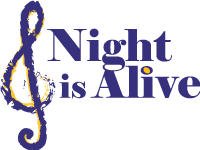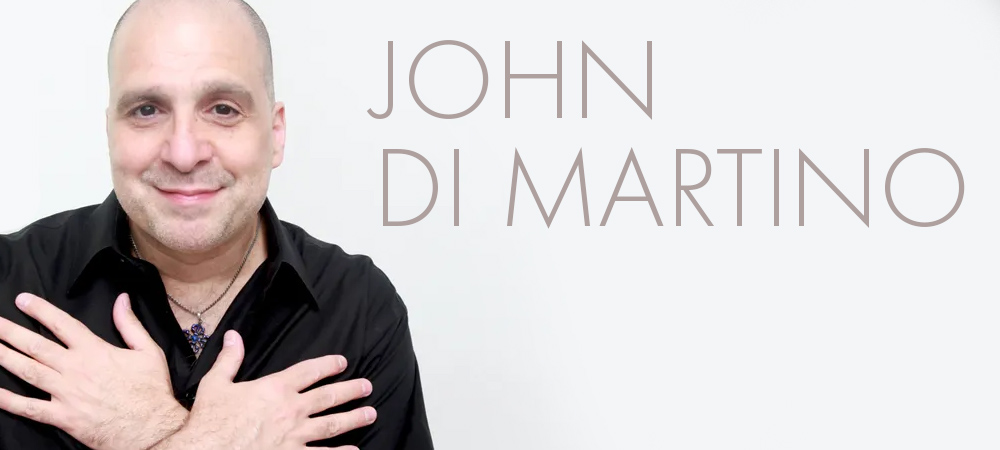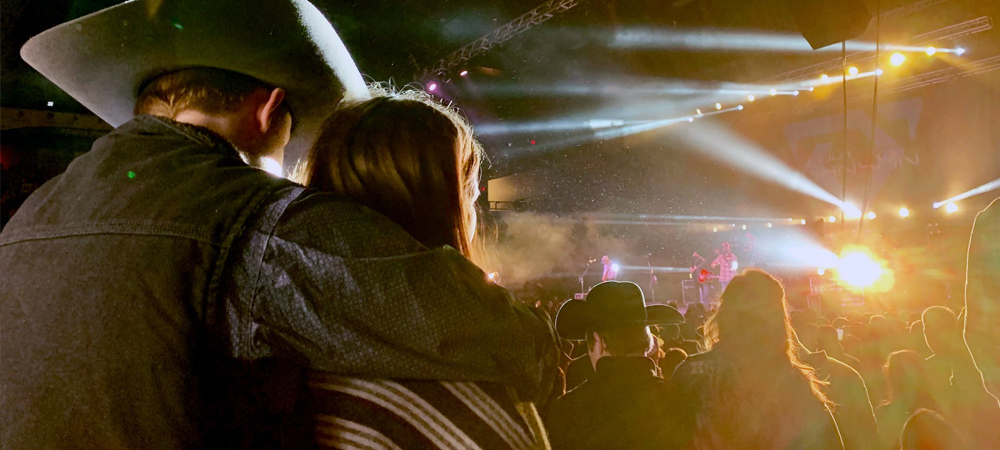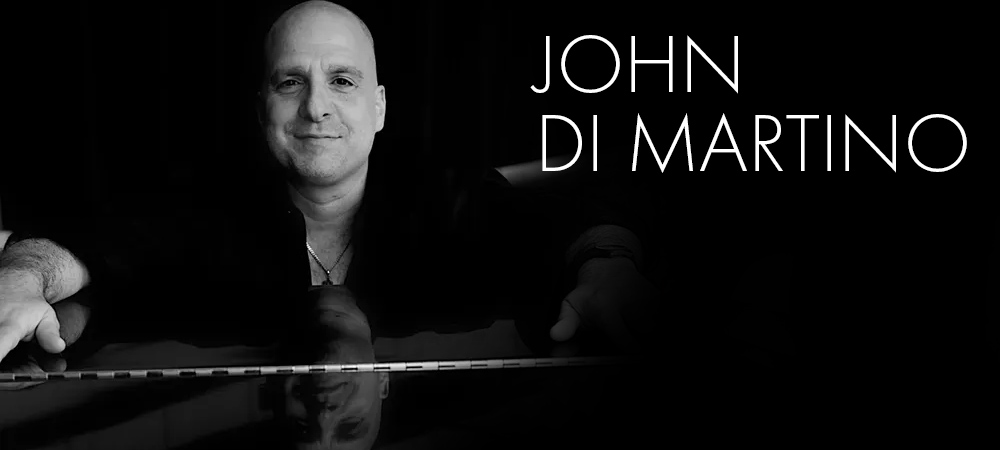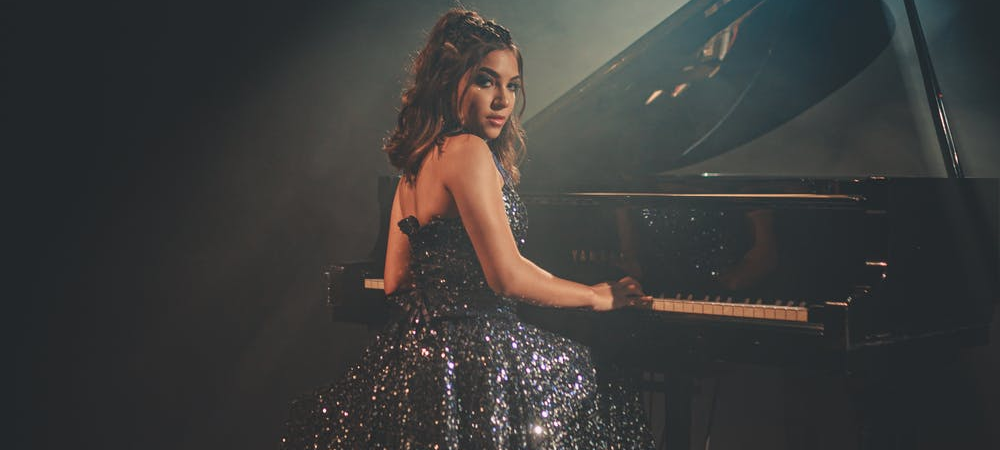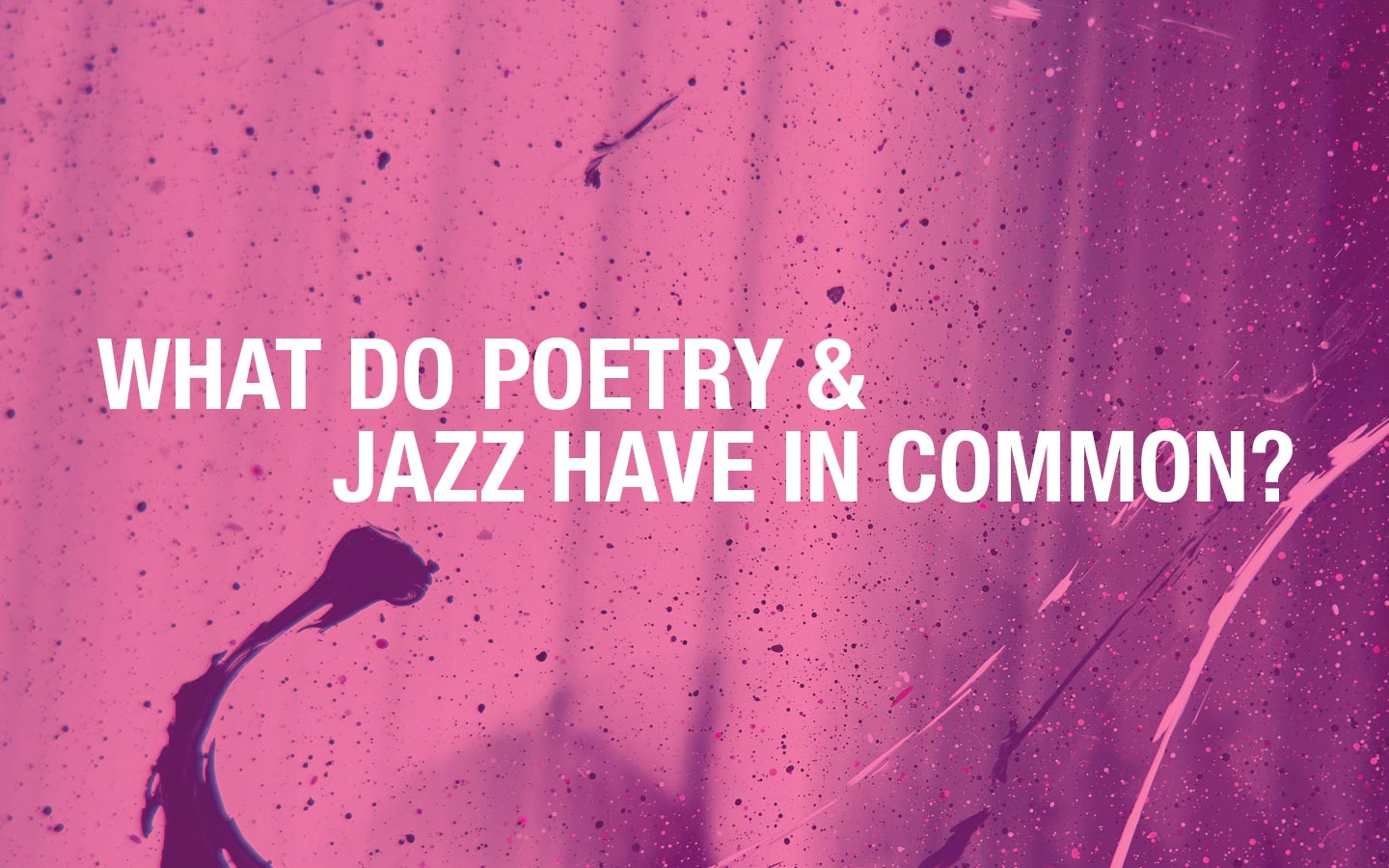4 Songs that Tell Stories for World Book Day
There’s nothing like a good book to pull you out of life and transport you to another reality. Whether it be Twilight, Ready Player One, Pride and Prejudice or the Handmaid’s Tale, there’s a story out there for everyone. But did you ever realize that some of the best songs also tell a story? I don’t know about you but when I was growing up listening to country music, that was my favorite part—the ability to learn about someone’s life story in the short span of just a few minutes. Well, today, in honor of World Book Day, celebrate on April 23rd, we’re bringing you four songs that tell some really resonating stories.
Tracy Chapman – Fast Car
This is a gritty, realistic story of a woman trying to escape from the vicious cycle of poverty. The protagonist’s mother left the family, and her father is an alcoholic, so she quit school to take care of him. One day, the narrator hopes that she and her lover will drive away in a fast car, just ‘cross the border and into the city. She imagines a whole different life for them: you and I can both get jobs and finally see what it means to be living. This poignant 1988 folk-rock song conveys a sense of hope and optimism towards the future.
Randy Travis – Three Wooden Crosses
“Three Wooden Crosses” is the tragic story four passengers—a farmer on vacation, a teacher seeking higher education, a sex worker and a preacher, all of whom were searing for lost souls on a late-night bus trip from the U.S. to Mexico. There’s a fatal accident when the bus is hit by an 18-wheeler, and three of the passengers are killed. And that’s all I’m going to tell you for now—you’ll have to listen to the rest of the song to find out what happened to the person who survived… and there’s a few surprising plot twists!
Bobbie Gentry – Fancy
This Southern Gothic style song is a narrative told from the perspective of a woman in her thirties named Fancy, who is looking back on the summer she turned 18. It’s a memorable story about a woman using sex work to overcome childhood poverty. Bobbie Gentry, the country star from small town Mississippi, wrote and recorded the song in 1969.
Gentry sings that Fancy grew up in “a one room, rundown shack on the outskirts of New Orleans.” Fancy’s mother spends her last penny on a dancing dress and tells her daughter to “start sleeping uptown” and “just be nice to the gentlemen, Fancy, and they’ll be nice to you.” Eventually, from her relationships with wealthy, powerful men, Fancy comes to own a Georgia mansion and a New York City townhouse.
Janis Siegel, John Di Martino & Lonnie Plaxico – Where Do I Put His Memory?
There’s no sadder story than the story of losing a loved one. With its poignant lyrics, this country song, written by Jim Weatherly and first released by Charlie Pride in 1979, touches on the human condition and the persistence of memory. And now, the story is being retold in this new rendition from the 2021 album “Cryin’ In My Whiskey.” In this version, John Di Martino arranged the song in a Venezuelan joropo rhythm, and New York City guitarist Jesse Lewis is also featured!
If you’re looking for more jazzy retellings of classic country stories, look no further than the album “Cryin’ In My Whiskey,” which is available in our story right now!
This post was written by Blog Editor, Jacqueline Knirnschild.
